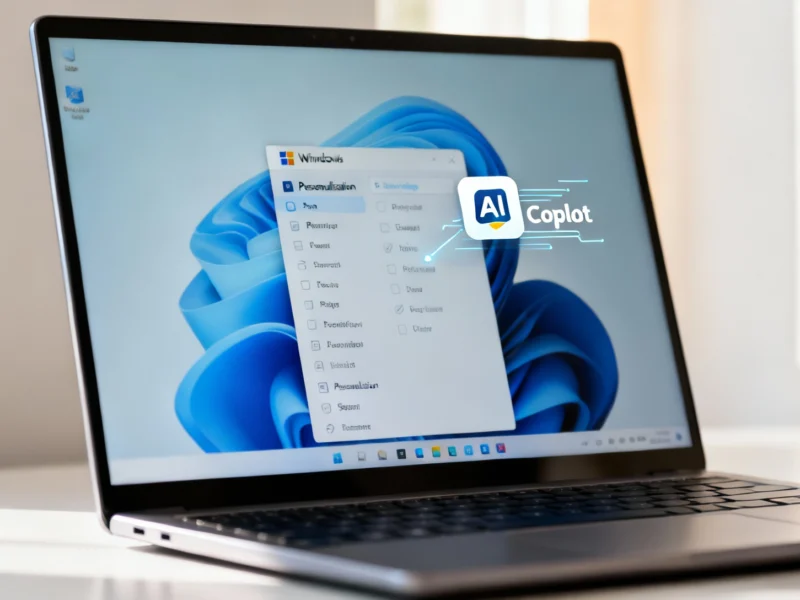Children are increasingly offloading their critical thinking to AI chatbots, creating what experts call “cognitive debt” that may have long-term consequences for mental development and creativity. Recent research from MIT Media Lab suggests that reliance on large language models (LLMs) systematically reduces brain connectivity and could make young users more vulnerable to manipulation. As chatbot technology becomes more integrated into education and daily life, understanding these risks becomes crucial for parents and educators.
The Neuroscience Behind AI Dependency
A groundbreaking study examining brain activity during problem-solving tasks revealed concerning patterns. Researchers found that participants using artificial intelligence assistance showed the weakest neural coupling, while those relying solely on their own cognitive abilities demonstrated the strongest brain connectivity. According to the MIT Media Lab research, “the brain-only group exhibited the strongest, widest-ranging networks, the search engine group showed intermediate engagement, and LLM assistance elicited the weakest overall neural coupling.” This suggests that the convenience of AI tools comes at a neurological cost that accumulates over time.
Understanding Cognitive Debt in Children
Research scientist Nataliya Kosmyna, who led the MIT study, explains that “the convenience of having this tool today will have a cost at a later date, and most likely it will be accumulated.” This phenomenon, termed cognitive debt, represents the deferred mental effort that may erode creativity and critical thinking abilities long-term. Children are particularly vulnerable because their brain development is still ongoing, and establishing strong neural pathways during formative years is essential for complex reasoning skills. Similar patterns have been observed in other technological dependencies that reshape cognitive processes.
Age-Appropriate AI Usage Guidelines
Child development experts emphasize the importance of limiting generative AI exposure for younger children. “For younger children… I would imagine that it is very important to limit the use of generative AI, because they just really need more opportunities to think critically and independently,” said Pilyoung Kim, a professor at the University of Denver and child psychology expert. Researchers recommend:
- Establish clear age boundaries for AI tool usage
- Ensure foundational skills are developed before introducing AI assistance
- Create technology-free periods for unstructured thinking and problem-solving
- Monitor usage patterns and intervene when dependency appears
Building Critical Thinking Before AI Reliance
Experts unanimously agree that developing core thinking skills must precede AI tool usage. “Develop the skill for yourself first, even if you are not becoming an expert in it,” Kosmyna advises. This foundational knowledge helps users identify AI hallucinations and inconsistencies more effectively. Understanding basic critical thinking principles creates a cognitive framework that AI tools can enhance rather than replace. This approach mirrors strategies seen in other domains where foundational knowledge protects against over-reliance on automated systems.
Privacy and Psychological Considerations
Beyond cognitive impacts, children face unique risks when interacting with AI systems. “We do need to teach overall, not just AI literacy, but also computer literacy,” Kosmyna explained. “You need really clear tech hygiene.” Children’s tendency to anthropomorphize technology creates additional vulnerabilities. “Now we have these machines that talk just like a human,” said Kim. “Simple praise from these social robots can really change their behavior.” This emotional connection to AI systems requires careful monitoring and education about the nature of these technologies, similar to security considerations in other digital environments.
Balancing Technology Benefits with Cognitive Protection
The solution isn’t eliminating AI tools but implementing balanced usage strategies. Experts recommend:
- Using AI as a supplement rather than replacement for human thinking
- Teaching children to verify AI-generated information through traditional search engine research
- Creating structured activities that combine AI assistance with independent problem-solving
- Establishing family guidelines for responsible AI usage
This balanced approach allows children to benefit from technological advancements while protecting their cognitive development and maintaining essential thinking skills that will serve them throughout their lives.



